
Welcome to the social media conversation of 2013, where business and marketing communities have accepted the why of social media, and now they have begun asking the how. Everywhere we look, small businesses are ready to go social, but many of them are wondering where to begin. With so many social media options staring them in the face, choosing the right path can be daunting.
Start with what you know best: yourself
In social media, brands truly get to choose their own adventure. However, the brands that have had the greatest success in this arena—brands like Zappos, Coca-Cola, Pepsi, or Starbucks—have made sure to focus on one essential element before anything else: their brand stories.
A good brand story extends far beyond a business’s products or services. Today’s consumers are less interested in what you’re selling and more interested in knowing why they should buy from you rather than from someone else.
Consumers want to know how your product aligns with their own personal stories in order to feel good about their purchase decisions. Social media is a big place, and a brand that doesn’t communicate its mission, vision, and values through every message risks being drowned out by the brands that do.
Pick your platforms carefully
Brands have many platforms available to them to promote their businesses, but this doesn’t mean they should try to jump onto all of them at once. The rules of engagement are different for each platform—different types of messages and content work differently in different places. Learning all these nuances takes time and first-hand experience. For example, Pinterest might be the perfect place for a catering company to post photos of table decorations; a jewelry designer or retail boutique might find Facebook is the right way to interact with customers.
Because of this, it’s best to begin slowly. Start with the best social platform for your business, and set your brand up there first. There’s nothing wrong with keeping your social media presence isolated to just a platform or two, especially when you’re just starting off. Chances are, the communities you’re hoping to influence won’t be on every single platform anyway, so why should you?
Obviously, if you’re going to limit your presence to just a platform or two, you’ll want to make sure you pick the right one, so don’t forget to do some research. Find out where communities are forming around your subject area. Work to identify what kinds of content and interaction those community members best respond to. Finally, ask yourself how your brand story can be tailored to fit this environment.
Be human
Successful social brands build communities, and having communities means engaging in real conversations—not just delivering a sales pitch. Your brand’s story must guide every interaction with your community members, but that doesn’t give you permission to try and make every conversation about you.
Engaged communities interact with each other over their shared interests. They don’t want to be sold something every five minutes. Being human means sharing useful content in your subject area without expecting anything in return. It means asking for honest feedback about your business and listening to suggestions on how you can improve.
The more approachable and helpful your brand is, the more credibility it will establish. With enough of this social capital, your community members will soon become your brand ambassadors, expanding your sphere of influence and helping you to generate new leads.
Let it grow naturally
Building engaged communities around your brand doesn’t happen overnight. Approach the task with patience— your audience can tell when you’re trying to rush into things. Once you’ve got the hang of these basic tenets, you can start thinking about expanding your reach. By then, you should have a pretty good idea of what steps to take next.
What social media strategies have your small business employed? What lessons have you learned for you brand, and what advice do you have to share with others? Please share your comments below!
This post was originally published on AT&T’s Networking Exchange Blog.
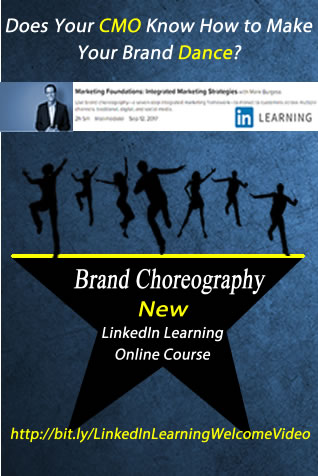
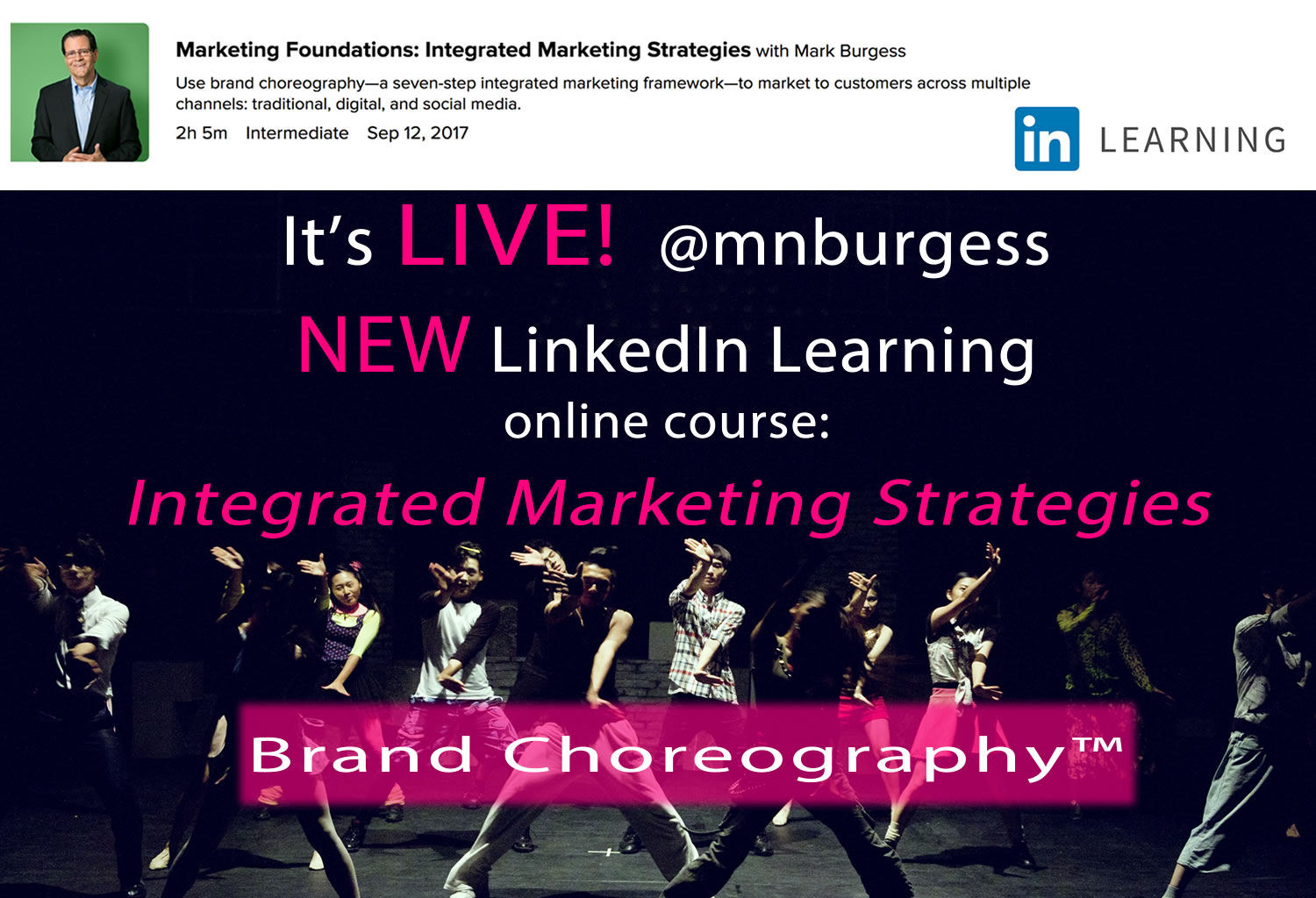


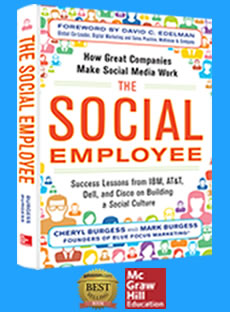


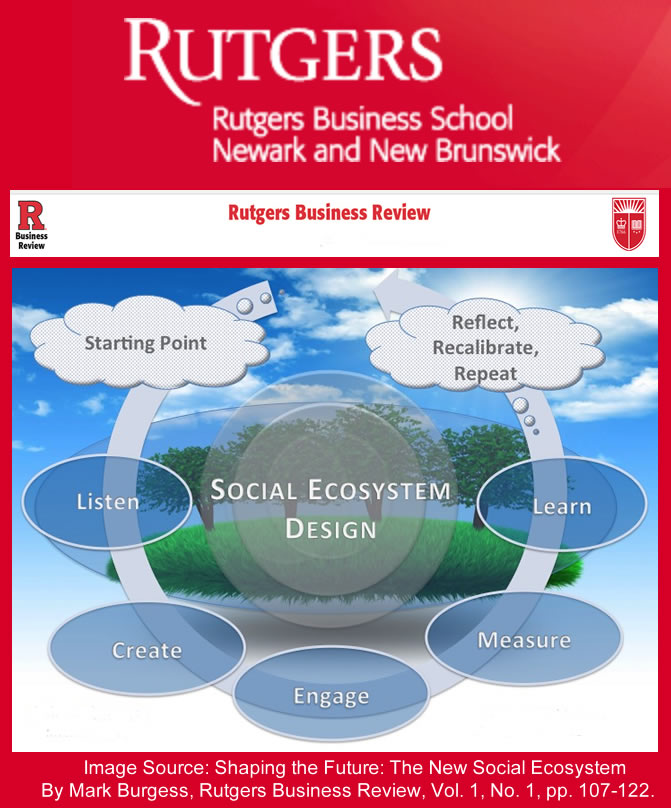
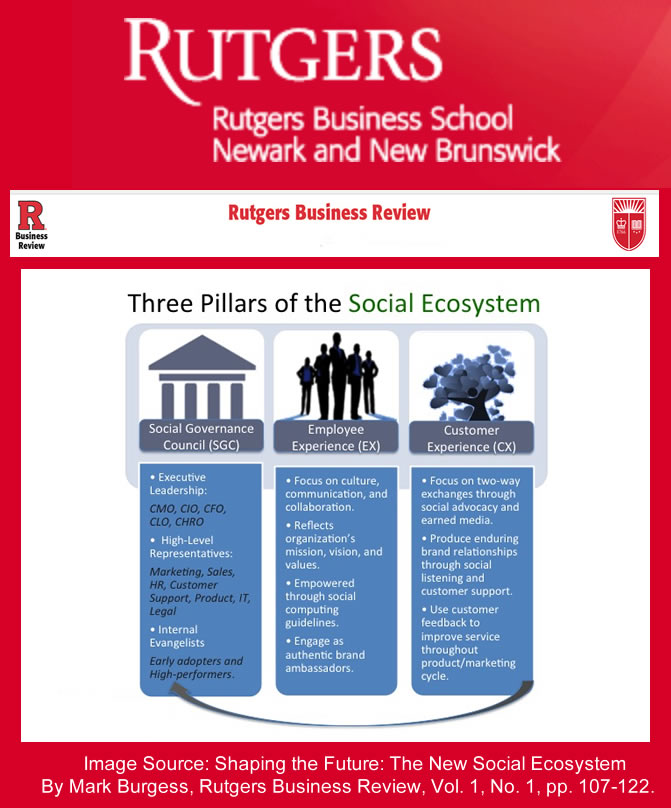




Thanks Cheryl Burgess. This is a very enlightening and inspiring piece of writing. This is a great blueprint on how to get started using social media for business. I will save this article and use it as a reference.
Thanks so much for your kind words.
Cheers,
Cheryl
I am genuinely in the favor of social branding; these are the only way that can provide a branding across the globe. Branding itself needs a lot of efforts, but when it comes to social marketing effort becomes a little less.
Cheryl, I loved what you said about building engaged communities doesn’t happen overnight and how your audience can tell when things are rushed. This is true, but still often forgotten when we are eager to watch our audience grow! I’m looking forward to hear more and follow you on twitter! My class is learning about growing our audience with our blog MarketLikeItsHot.com, we would love for you to check us out!
Sierra,
I’m looking forward to learning more about your class! Stay close.
Best,
Cheryl
I can’t decide which part I like most about this article Cheryl. What an exceptional piece.After reading your post I realized that If you really want to be successful in the social media arena, you need to realize that social media is about connections and interactions between people. It’s not about brand-to-consumer exchanges. You need to focus on bringing people together, not bringing a product to the marketplace.
Barbara,
Thank you for kindly for your comments. Today’s consumers want brands that align to their needs. Making the brand more human is the new black.
Cheers,
Cheryl